In Autograph’s new major exhibition, I Still Dream of Lost Vocabularies, we’ve brought together the work of thirteen artists working with ideas of collage to explore issues of political dissent and erasure, offering new perspectives on complex histories and contested social realities.
Below, we introduce each of the artists whose work features in the show which is free to visit at Autograph until 21 March 2026.
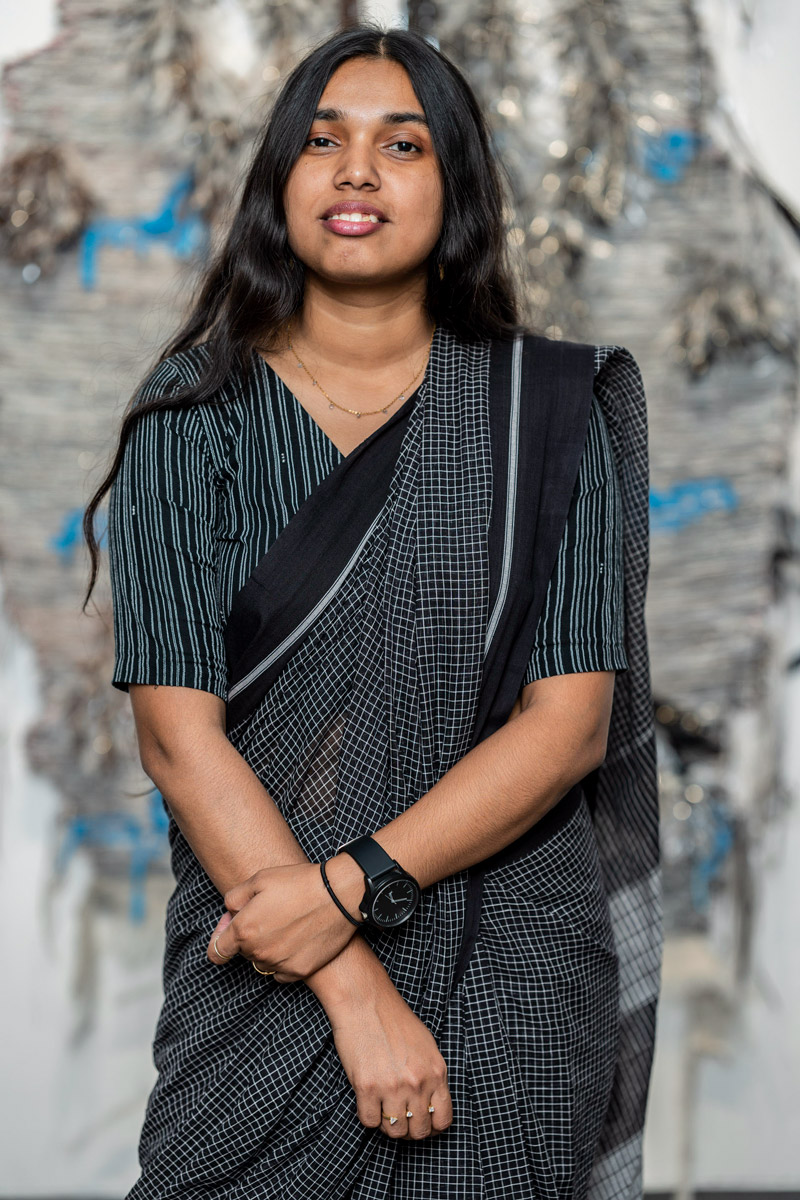
Arpita Akhanda is a multidisciplinary artist whose practice explores the relationship between present experiences and historical trauma, particularly the legacy of displacement during the partition of India. Working across paper weaving, performance, installation, drawing and video, she views the body as a "memory collector," where post-memorial experiences are mediated through recreation and projection.
Three of Akhanda’s intricately hand-woven paper works from the series A Veil of Memories feature in the exhibition. Weaving together layers of maps and images of her grandparents, Akhanda’s work grapples with intergenerational memories, family archives and the cartography of colonialism.
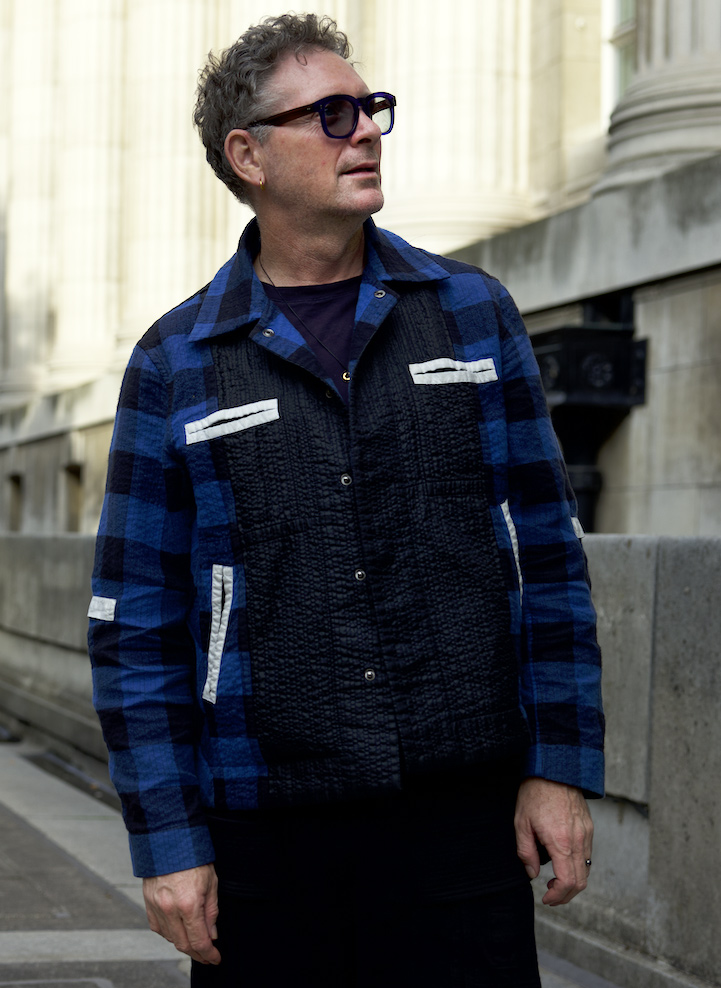
Brook Andrew is an interdisciplinary artist whose practice explores intertwined narratives, often emerging from the complexities of colonial histories. As a Wiradjuri (Indigenous Australian) and Celtic person, his work challenges colonial power structures, historical amnesia and systemic bias. Through artworks, museum interventions and curatorial projects, Andrew advocates for Indigenous knowledge systems and cultural respect.
Two of Andrew’s works feature in the exhibition, with each resisting a ‘neat’ presentation of history. His film work, SMASH IT, centres around interviews between Andrew and First Nations thinkers, presented alongside layers of sound and image to critique institutional power. His mixed-media assemblage Sunset III intertwines fragments reflecting on issues of queer liberation and Indigenous resilience to reflect on cultural memory.
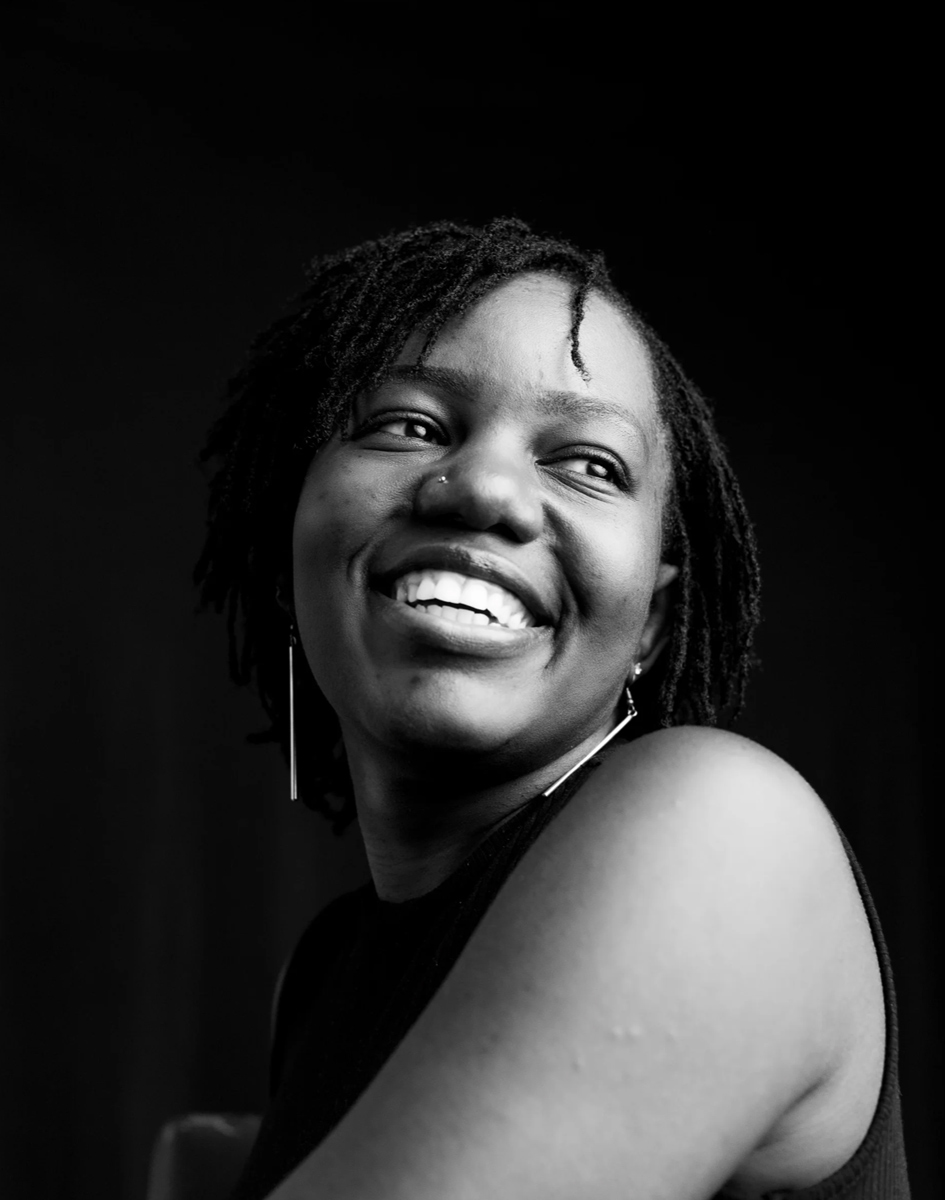
Jess Atieno examines African modernisms and visual culture from a post-colonial perspective through her practice. Working primarily with photographic archives, she incorporates imagery into large-scale screen prints and woven textiles, challenging perceptions of history and its impact on contemporary identity.
Three of Atieno’s works feature in the exhibition, using images, postcards and maps produced during Britain’s colonisation of present-day Kenya, Uganda and Tanzania to examine how these histories continue to haunt the present moment.
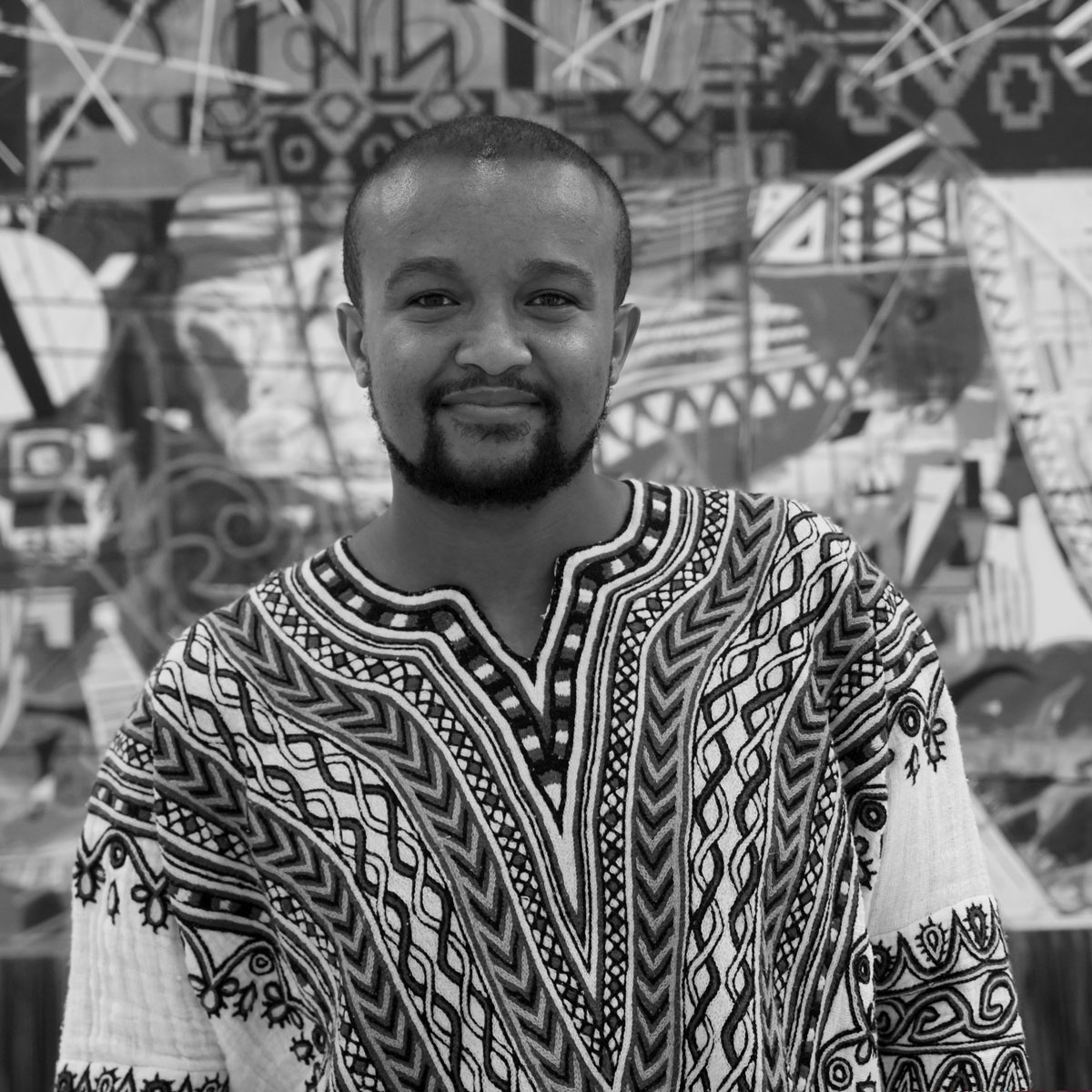
Wendimagegn Belete explores Ethiopian history, identity and memory through layered compositions incorporating historical documents and found materials. His work investigates epigenetic inheritance – the idea that memories and experiences transfer across generations – encouraging viewers to reflect on cultural identity as a continuum of past and present influences.
His monumental silent film Unveil features in the exhibition. Using a collection of rare 16mm archival footage, the work is inspired by an important chapter of African history: Ethiopia’s resistance to colonial and fascist occupation from 1935 to 1941.
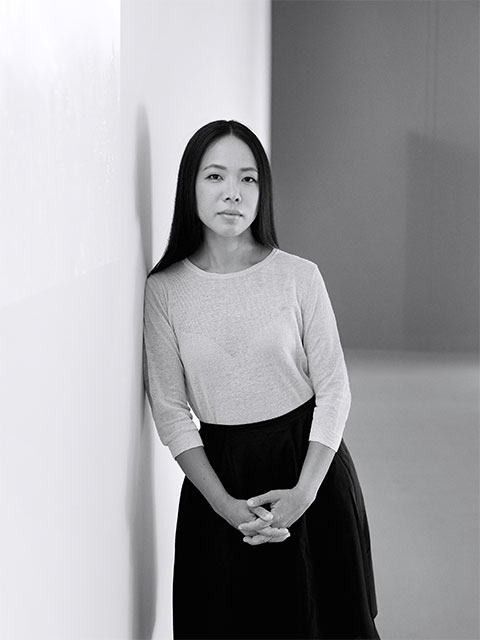
Sim Chi Yin is a research-led visual artist whose interdisciplinary practice focuses on history, conflict, migration and memory. Combining photography, moving image, archival interventions and text-based performance, her works are multi-layered.
Chi Yin’s works in the exhibition, collectively titled “The suitcase is a little bit rotten” see the artist intervene in archival magic lantern as a form of photographic time travel, and introduce imagery and memories from her own family history.
Chi Yin explains: “I collected magic lantern slides from the late 1800s and early 1900s depicting landscapes in Malaya and southeast Asia. Many of the slides carry within them the detached gaze of the colonial camera and anthropologist. I have repurposed them for my own narrative. I use the magic lantern slides as a site of time travel, both backwards and forwards – as a portal to try and imagine my Granddad and my son inhabiting the same time and space.” You can find out more Chi Yin and this series of work in this interview with the artist.
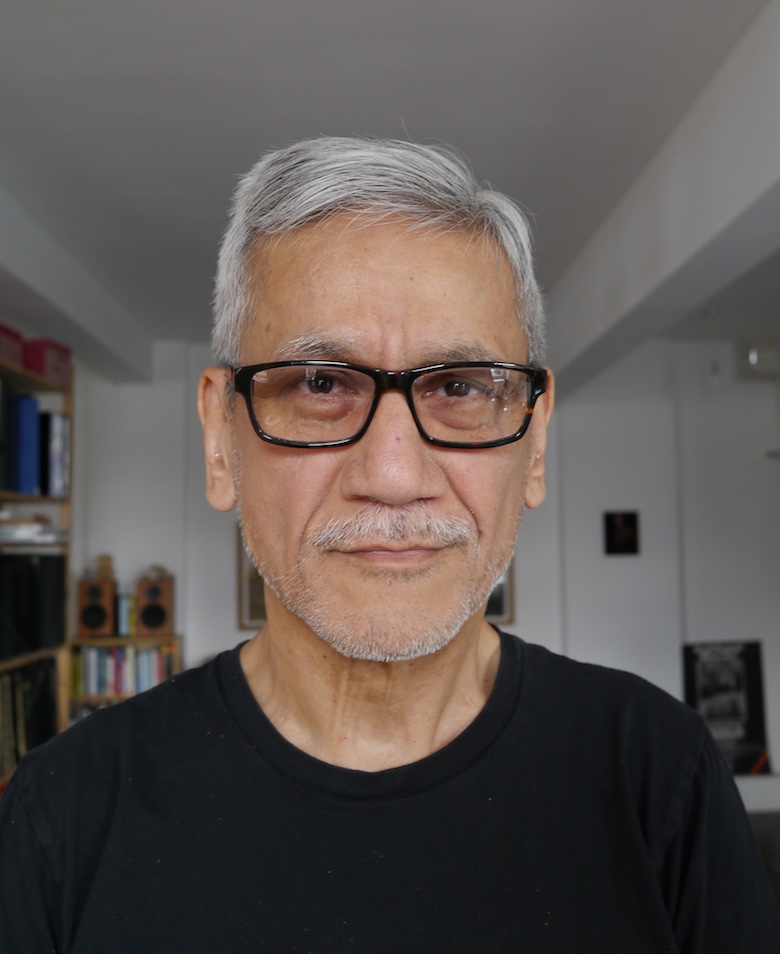
Sunil Gupta is a photographer and visual artist whose work critically engages with race, migration and queer identity. Using independent photography as a tool for activism, he explores personal and political narratives surrounding LGBTQ+ rights and diasporic experiences.
Gupta’s series, Trespass, features in the exhibition and is the only example of the artist working with digital collage. The works in this series were produced in the mid-nineties, using one of the first models of Apple computer to grapple with the boundaries between public and private life. Trespass is part of Autograph's collection of photography and you can find out more about the work here.
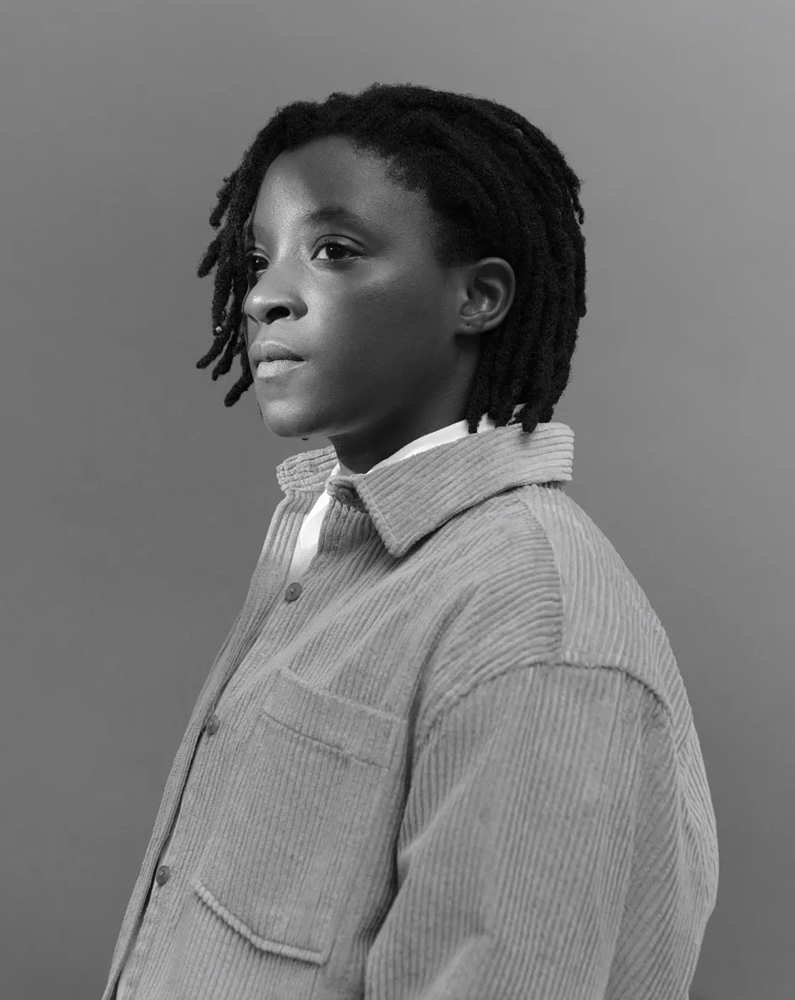
Kudzanai-Violet Hwami offers a deeply personal exploration of Southern African life, memory and identity through their work. Influenced by experiences of migration and displacement, she combines photography, digital collage and intensely pigmented oil painting to create layered compositions representing marginalised identities, while probing questions of gender, sexuality and spirituality.
For Hwami, collage is not only a technique but a strategy of resistance and invention. As she explains: "I think I am seeking freedom. Collage making, which is a process I use to create a picture, has given me absolute freedom as a strategy."
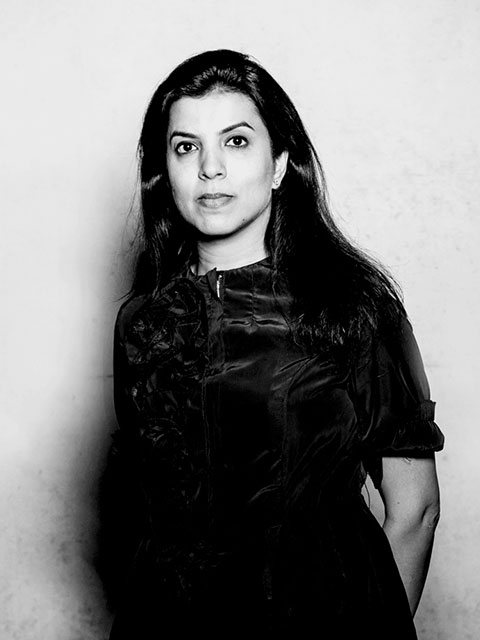
Reena Saini Kallat is concerned with political and social borders, and their violent cleaving through land, people and nature resonating with the continuing aftershocks of the partition in India, which her family experienced. Her multifaceted works weave together drawing, photography, collage, sculpture and video to create layered enquiries into culture, history and the role that memory plays – in not only what we choose to remember but also how we think of the past.
The exhibition features Reena’s work, Pattern Recognition, which examines how different nationalities’ passports grant or deny access to international attention. The series of work draws attention to the unequal politics of mobility and movement within and between borders which appear not as fences or barricades, but as constraints shaped by policy and privilege. You can find out more about Pattern Recognition, which was commissioned by Autograph, here.
%20henna%20nadeem%2C%20fence%20from%20the%20series%20between%20trees%2C%201999-2000.%20courtesy%20the%20artist.jpg)
Henna Nadeem is a visual artist known for her intricate, meticulously handcrafted photographic collages and large-scale public art installations. Combining geometric and organic patterns with images of urban and rural landscapes, her work draws from diverse historical and cultural influences, including Islamic art and Japanese patterns.
She repurposes imagery from tourist guides, magazines and mass media to create layered compositions which dissect the illusion of landscape as a ‘neutral’ space. You can find out more about Nadeem's work, Big Black, commissioned by Autograph here.
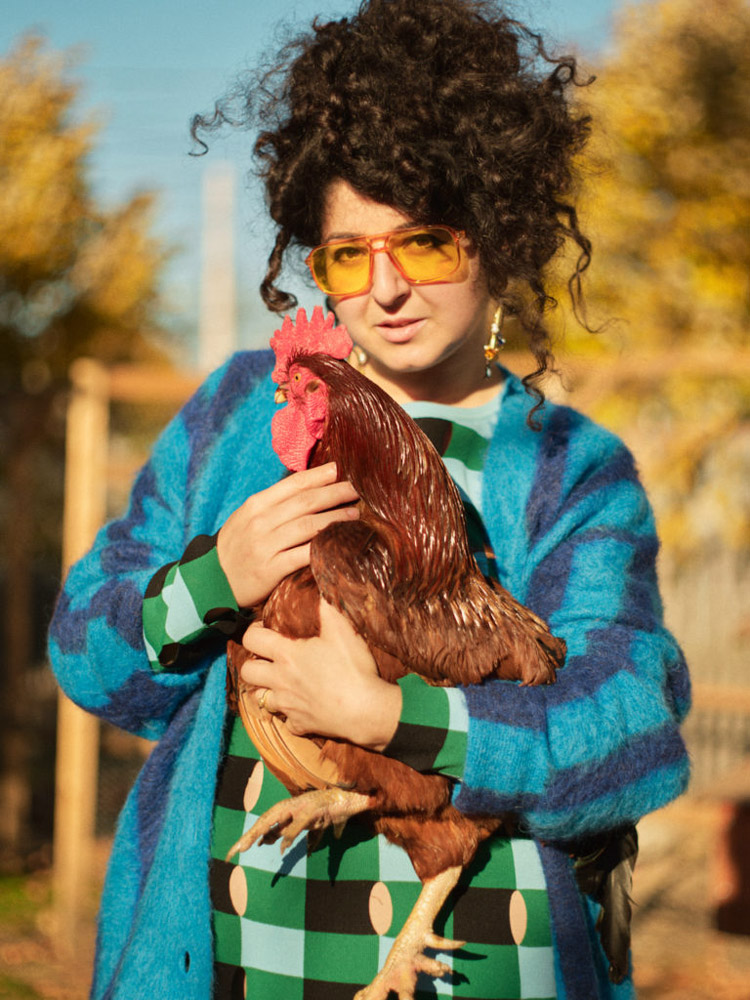
Sheida Soleimani is an Iranian American artist, educator and activist whose work explores histories of violence, geopolitics and media representation. Drawing from her family’s experiences as political refugees, she creates interdisciplinary works that blend photography, sculpture, collage and film. Appropriating images from popular and digital media, she constructs layered, surreal tableaux that challenge dominant narratives and confront political realities.
You can read about Soleimani’s work exploring migratory labour and invisibilised care work in this text from Autograph’s Senior Curator, Bindi Vora.
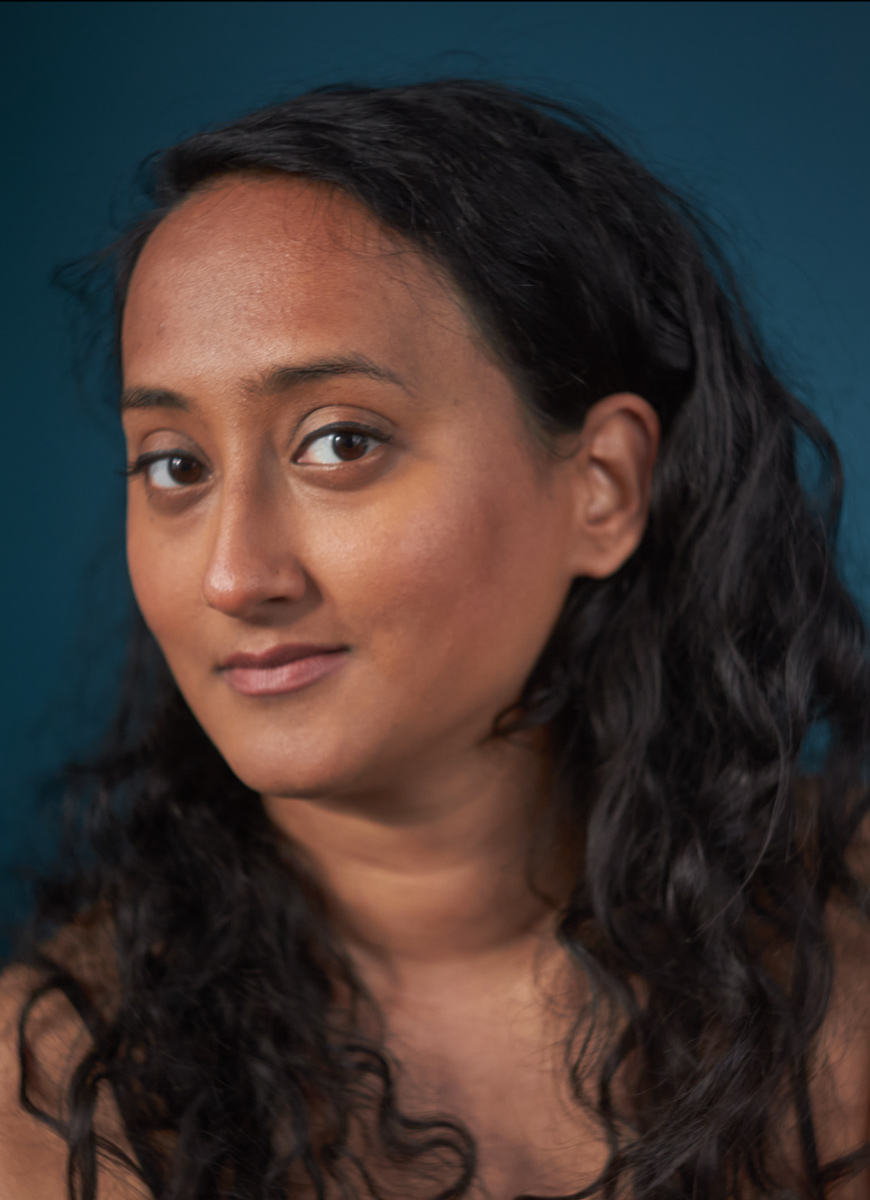
Sabrina Tirvengadum is a British Mauritian visual artist whose interdisciplinary practice spans collage, digital illustration, generative AI art, graphics and photography. Rooted in her family history in Mauritius and shaped by the legacies of colonialism and indentured labour systems, her work explores identity, archives and the human experience. Her practice challenges ableist systems and champions inclusivity in digital spaces, notably through her project We’re All Human.
She says: “Making collages and reflecting on my past brings me joy and helps me understand who I am and who I want to be. It's like uncovering different layers of myself.”
To find out more about Sabrina’s practice, read this interview between the artist and curator Bindi Vora.
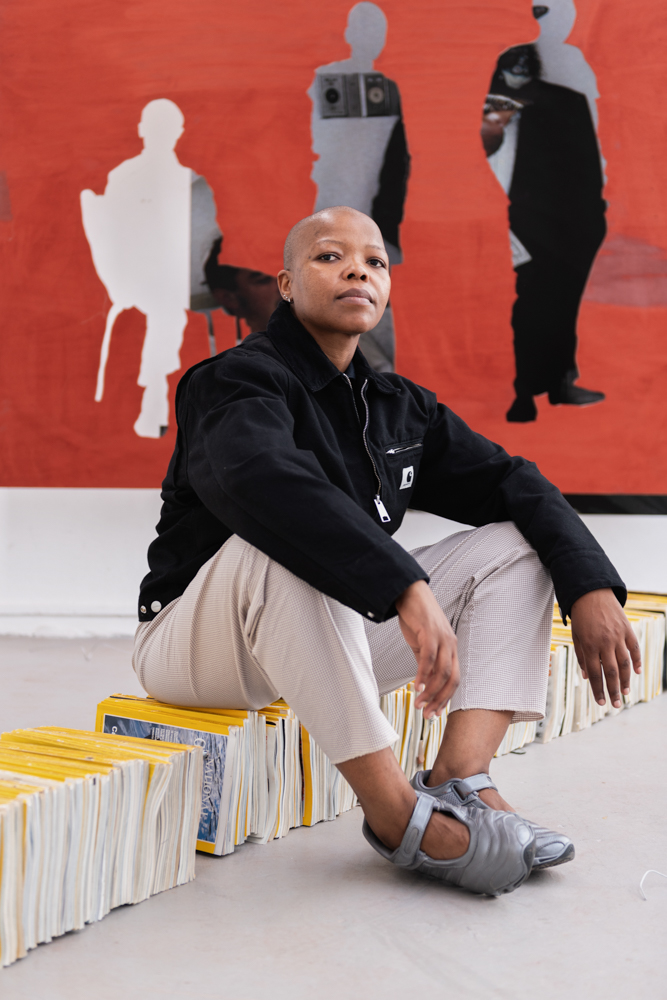
Thato Toeba is an artist, lawyer and social sciences researcher who works with mixed-media photomontage and assemblage. Their practice draws on historical archives and architectural space to explore themes of power, the legacy of Empire and its ongoing influence on the collective spirit of the Global South.
You can find out more about Thato’s practice and their new commission on display in the exhibition in this interview with the artist.
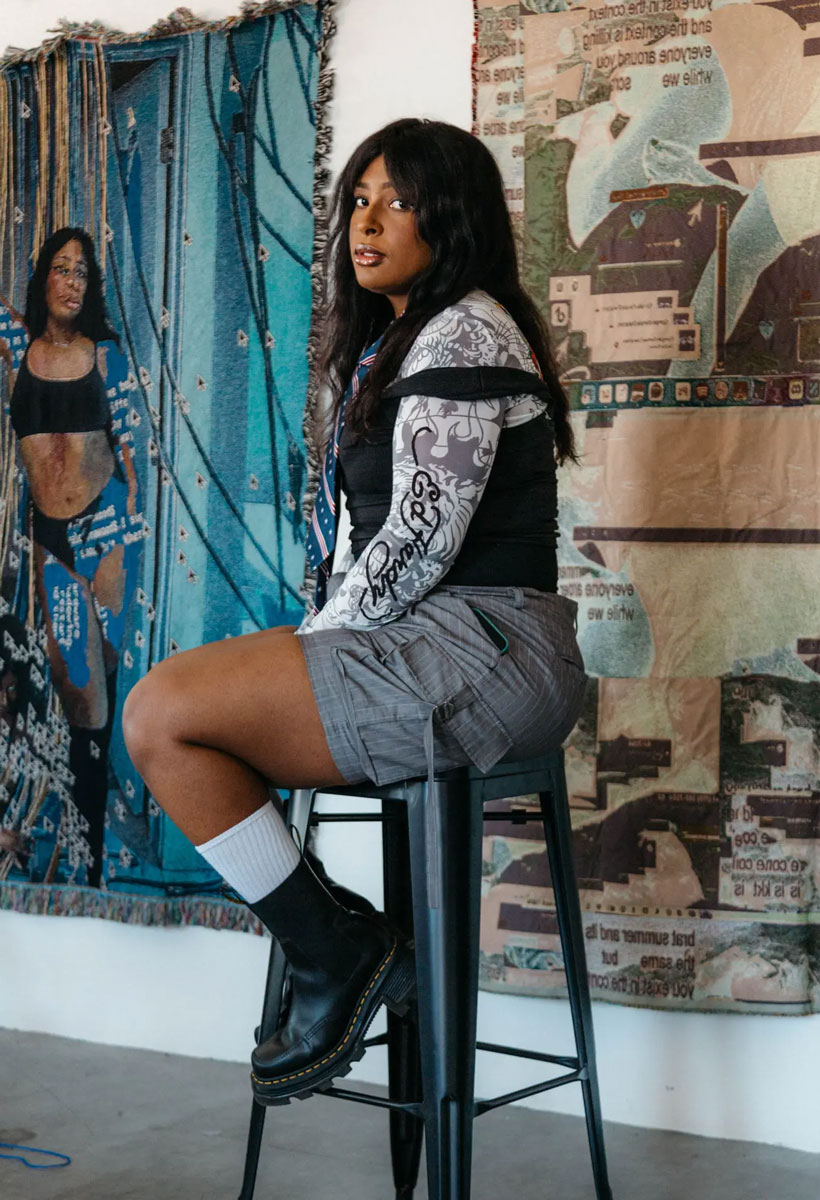
Qualeasha Wood is a textile artist whose practice combines traditional craft techniques with contemporary technology. Her work often centres around her own image to explore themes of racial, sexual and gender identity. As a digital native, Wood navigates the internet as both a space for celebration and recognition of the Black femme body, and as a politically charged environment reflecting ongoing marginalization and exploitation.
The exhibition features two tapestries by Wood, reflecting on the nature of rest in an unrestful age. The artist appears in various states of repose, surrounded by coded text referencing the invasive marketing of beauty products from social media, demonstrating that even these moments of stillness can be influenced, broadcast and consumed digitally.
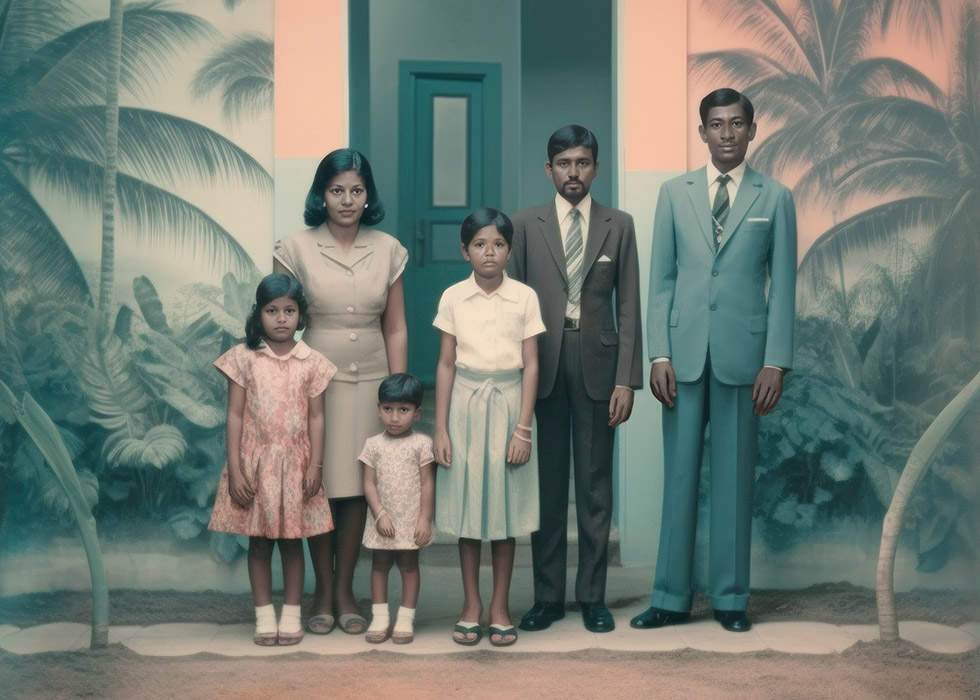
10 Oct 2025 – 21 Mar 2026
A free exhibition examining political dissent and erasure through the idea of collage
Banner image: Installation view of I Still Dream of Lost Vocabularies exhibition at Autograph. 10 October 2025 - 21 March 2026. Curated by Bindi Vora. Photograph by Kate Elliott.
Artist images: 1) Image of Arpita Akhanda courtesy Sovereign Art Foundation. 2) Image of Brook Andrew by Joy Gregory. 3) Image of Jess Atieno, courtesy the artist. 4) Image of Wendimagegn Belete, courtesy the artist. 5) Image of Sim Chi Yin by Joel Low. 6) Image of Sunil Gupta by Mark Sealy, March 2019. 7) Image of Kudzanai-Violet Hwami by Catherine Hyland. 8) Image of Reena Saini Kallat, courtesy of the artist. 9) Henna Nadeem, Fence from the series Between Trees, 1999-2000. © and courtesy the artist. 10) Portrait of Sheida Soleimani, 2025. © and courtesy the artist. 11) Image of Sabrina Tirvengadum, courtesy of the artist. 12) Image of Thato Toeba by Jonathan de Waart. 13) Image of Qualeasha Wood by Daniel Terna.
Exhibition: Sabrina Tirvengadum and Mark Allred, Family [detail], 2023. © and courtesy the artists.
Autograph is a space to see things differently. Since 1988, we have championed photography that explores issues of race, identity, representation, human rights and social justice, sharing how photographs reflect lived experiences and shape our understanding of ourselves and others.